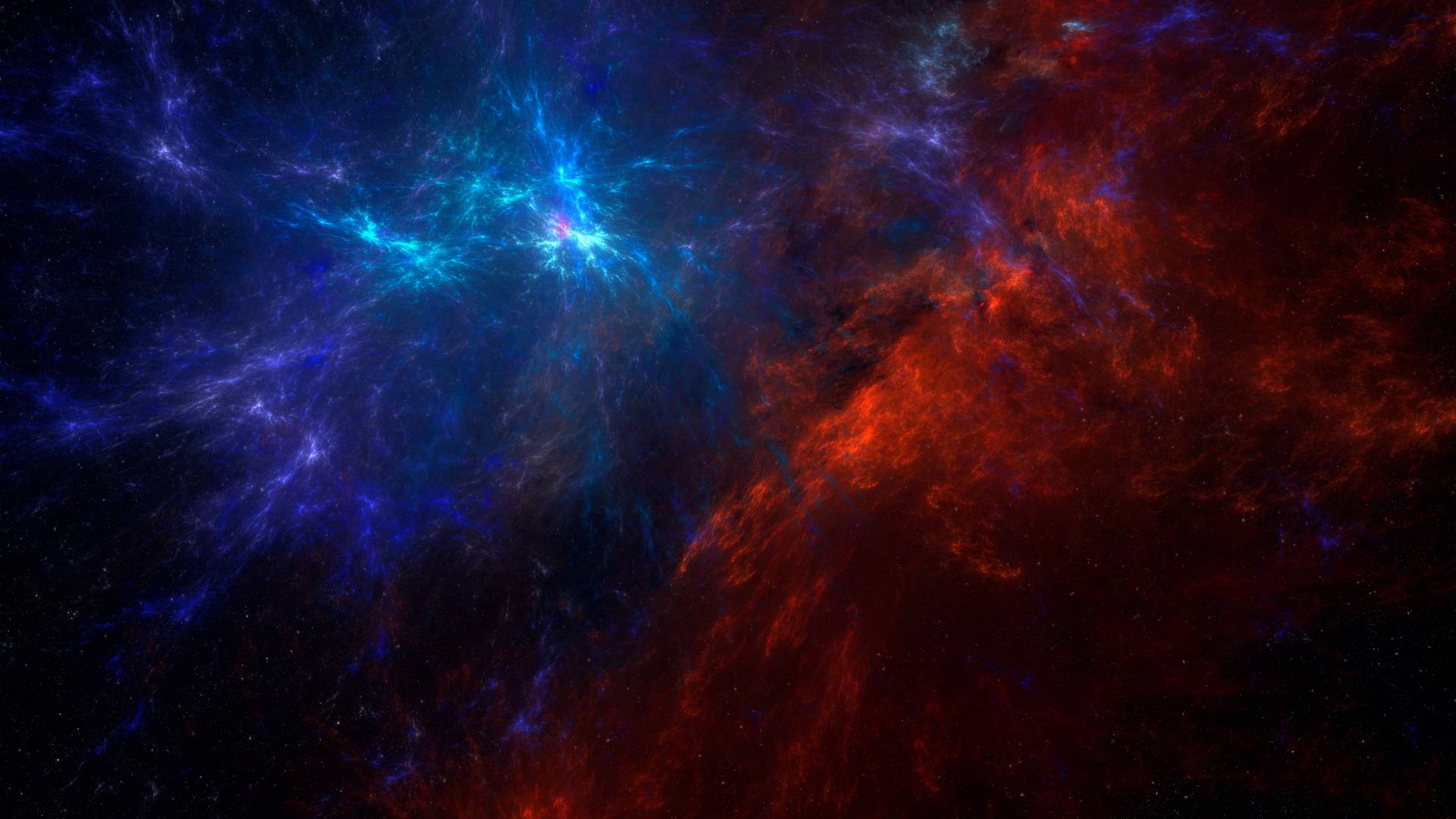Astronomy takes us on a voyage through the emptiness of space, revealing a kaleidoscope of heavenly marvels that enthrall us. There are many amazing astronomical phenomena in the universe, ranging from far-off galaxies to mysterious black holes. We will look at some astounding astronomy facts in this post that help to explain some of the mysteries surrounding our cosmic neighborhood.
Extreme Space Facts
For centuries, humanity has been captivated by the mysterious canvas that is the cosmos. The universe is full of wonders just waiting to be discovered, from far-off galaxies to enigmatic black holes. We’re going to show you some amazing space facts in this article that will pique your cosmic curiosity and take you on a cosmic journey:
The Sun’s Galactic Journey:
Our sun, a seemingly constant presence in our sky, is on an incredible cosmic odyssey. Traveling at an astounding speed of 514,000 miles per hour, the sun completes a full orbit around the Milky Way galaxy approximately every 230 million years.
Black Holes:
The mysterious cosmic objects known as black holes, whose gravitational pull is so great that nothing can escape them, still baffle astronomers. Remarkably, black holes are not merely quiet goliaths; some of them release strong energy jets that function as cosmic vacuum cleaners, affecting the development of entire galaxies.
Related Contents:
Where do Black Holes Take You?
How Many Black Hole Are There are There in Milky Way ?
The Great Attractor:
Our galaxy and other galaxies are being drawn towards something massive that lies beyond the Milky Way. This enormous gravitational anomaly, known as the Great Attractor, is still a mystery to scientists as they work to identify the invisible force that propels galaxies on a massive scale.
Diamond Rain on Neptune and Uranus:
Imagine a rain of diamonds falling from the sky—this is a reality on the ice giants Neptune and Uranus. These distant planets experience extreme atmospheric conditions that lead to the formation of diamond rain, as methane and hydrogen molecules undergo intense pressure and transform into precious gemstones.
A Stellar Lifespan:
Larger stars burn out more quickly than smaller ones during their lifetime. It is estimated that the medium-sized star, our sun, will live for roughly 10 billion years.

The Scale of the Universe:
Attempting to grasp the vastness of the cosmos is a humbling endeavor. The observable universe spans an estimated 93 billion light-years in diameter, with countless galaxies, stars, and planets scattered across this cosmic expanse. Our Earth is but a speck in this vast sea of celestial bodies.
The Pillars of Creation:
From Earth, the Eagle Nebula’s Pillars of Creation star-forming region is situated approximately 6,500 light-years away. Nestled within the Eagle Nebula, the Pillars of Creation are towering columns of interstellar gas and dust. Captured in a stunning Hubble Space Telescope image, these pillars serve as stellar nurseries, giving birth to new stars as gravity molds the surrounding material into celestial works of art.
Celestial Lighthouses:
Astronomical lighthouses in space are pulsars, rapidly revolving neutron stars that pulse radiation. Massive star remnants that are highly magnetized and dense spin at incredible speeds—up to hundreds of times per second—producing exact radiation beams that are observable from Earth.
Space Junk:
There are over 500,000 pieces of space debris posing a threat to satellites and spacecraft.
Dark Matter:
Approximately 27% of the universe is composed of dark matter, an enigmatic and invisible material. Its presence is assumed due to its gravitational pull on visible matter despite the fact that it does not emit, absorb, or reflect light. One of the biggest problems facing modern astrophysics is still trying to understand the nature of dark matter.
Supernovae or Celestial Explosions:
The explosive deaths of massive stars, known as supernova explosion, release energy equivalent to the brightness of entire galaxies. These cataclysmic events scatter heavy elements into space, enriching the cosmos with the building blocks of life and contributing to the cosmic cycle of stellar birth and death.
Earth’s Unique Moon:
The Moon is unusually large compared to Earth’s size. No other planet in our solar system has a moon that’s such a significant fraction of its size.
The Cold Welding Phenomenon:
In the vacuum of space, certain metals can bond together due to a phenomenon called “cold welding.”
The Largest Volcano:
Olympus Mons, roughly three times the height of Mount Everest, is the largest in the solar system and is located on Mars.
With these astounding facts, the universe’s grandeur becomes apparent as we explore the fields of astronomy. Our curiosity and desire to learn more about the universe are sparked by its immense forces, which shape galaxies and its microscopic beauty, such as diamond rain. Let these astronomical marvels serve as a reminder to us as we gaze up at the night sky of the countless mysteries lying in wait for us within the ever-expanding cosmic puzzle.
Source: jameswebbdiscovery.com



